
Tel : +86 13430398209
Email : export@dtechelectronics.com
Email : (After Service Email: dtech-e-commerce-service@hotmail.com
Tel : +86 13430398209
Email : export@dtechelectronics.com
Email : (After Service Email: dtech-e-commerce-service@hotmail.com
Three communication methods - simplex, half-duplex and duplex communication
For point-to-point communication, according to the direction and time relationship of message transmission, the communication mode can be divided into three types: simplex communication, half-duplex communication and full-duplex communication.
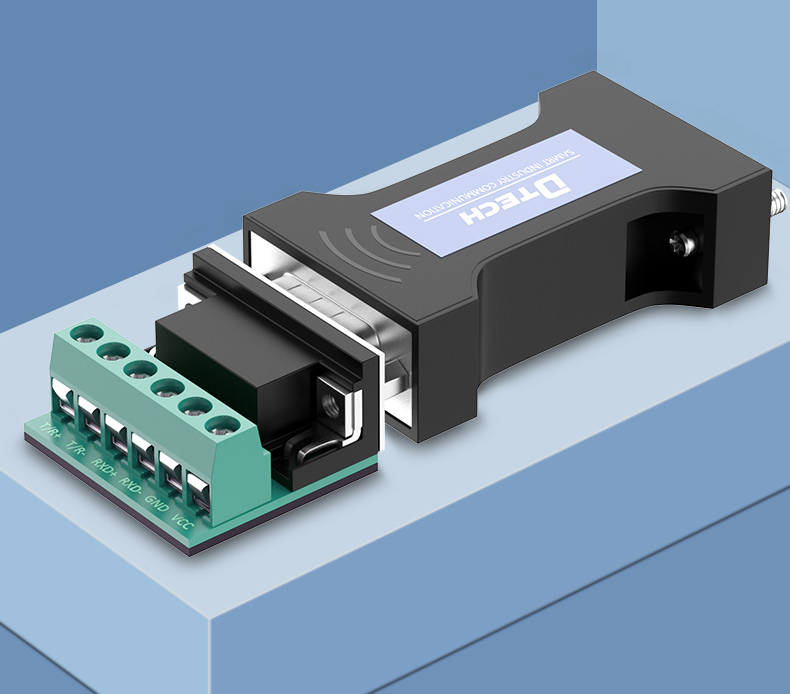
Simplex, half-duplex and duplex communication
Simplex communication mode:
Data transmission in Simplex Communication mode is unidirectional. Information exchange is carried out between the end and the end on a single channel. If A is specified as the data sender, then B is the data receiver; the data transmission is unidirectional and can only be along one direction.
Simplex communication only supports signal transmission in one direction (forward or reverse), and the transmission direction of the signal cannot be changed at any time.
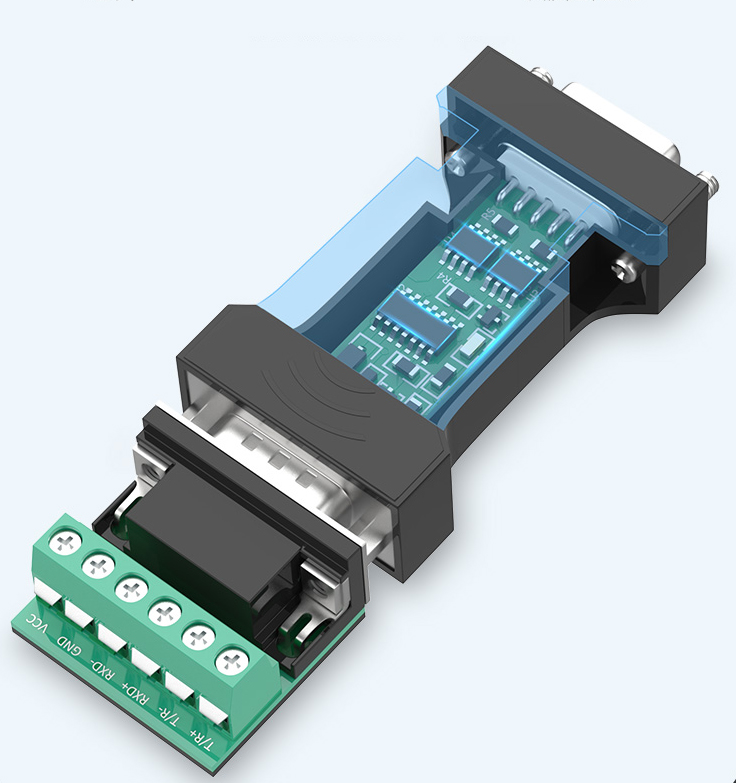
In order to ensure the correct transmission of data signals, the receiving end needs to verify the received data. If the verification is wrong, it will send a signal requesting retransmission through the monitoring channel.
This method is suitable for data collection systems, such as collection of meteorological data, centralized calculation of telephone charges, etc. For example, the communication between a computer and a printer is simplex mode, because only the computer transmits data to the printer, and there is no data transmission in the opposite direction. Also in some communication channels, such as simplex wireless transmission.
Half-duplex communication mode:
Half-duplex (Half Duplex) communication allows signals to be transmitted in two directions, but only allows signals to be transmitted in one direction on one channel at a time.
For example: when party A sends data, party B can only receive data; or when party B sends data, party A can only receive data; both parties cannot send data at the same time. Therefore, half-duplex communication is actually a simplex communication with switchable direction.
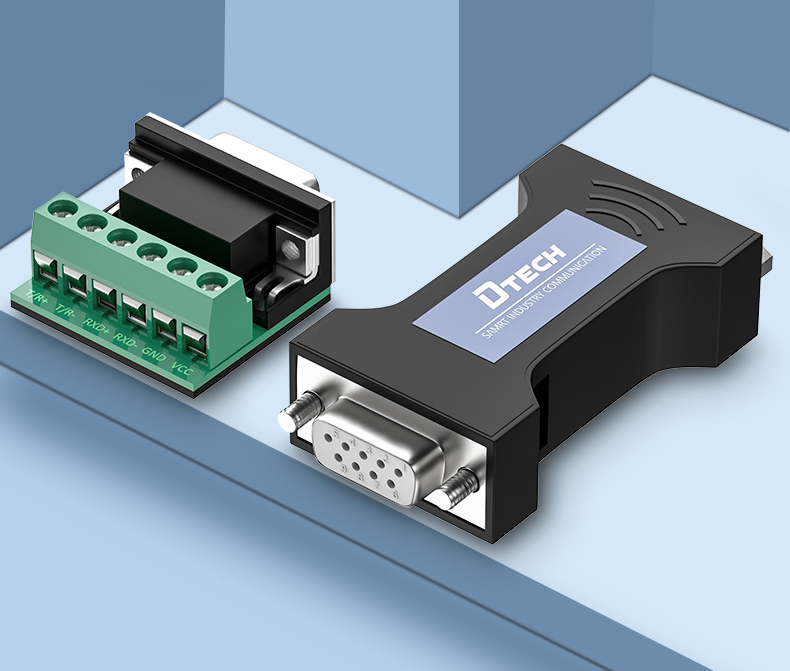
Data can be transmitted in both directions, but can only be transmitted in one direction at the same time.
This method is suitable for data communication systems such as inquiries, retrievals, and scientific calculations; traditional walkie-talkies use half-duplex communication methods. Since the walkie-talkie transmits and receives on the same frequency, simultaneous transmission is not allowed. Therefore, after one party has finished speaking, it is necessary to try to inform the other party that the speech is over (for example, add 'OVER' after the speech), so that the other party knows that it can start speaking.
Full duplex communication mode:
Full-duplex (full-duplex) communication allows data to be transmitted in both directions at the same time, that is, there are two channels, thus allowing simultaneous bidirectional transmission. Full-duplex communication is a combination of two simplex communication methods, requiring both the sender and receiver to have independent receiving and sending capabilities.
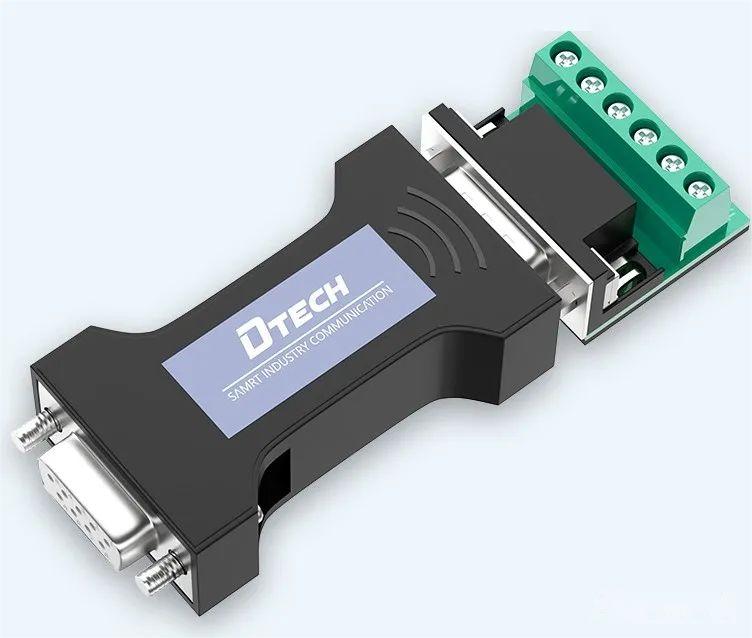
For example: when party A sends data, party B can send data at the same time, generally two channels are required. Both communicating parties can send and receive data at the same time.
Full-duplex communication has high efficiency and simple control, but the cost is high. Communication between computers is full-duplex. Ordinary telephones and mobile phones are also full-duplex systems, because you can hear the other party's voice when speaking.
The difference between full-duplex mode and half-duplex mode in the network card
In full-duplex mode, the 8 wires must be connected to the corresponding wire sequence position of the crystal head; you only need to connect 4 wires, refer to the T568B standard, generally use the 4 wires at the position of 1, 2, 3, 6 wire sequence, namely: white orange, orange, white green, green four wires ;White-orange and orange are used to send data, white-green and green are used to receive data. the
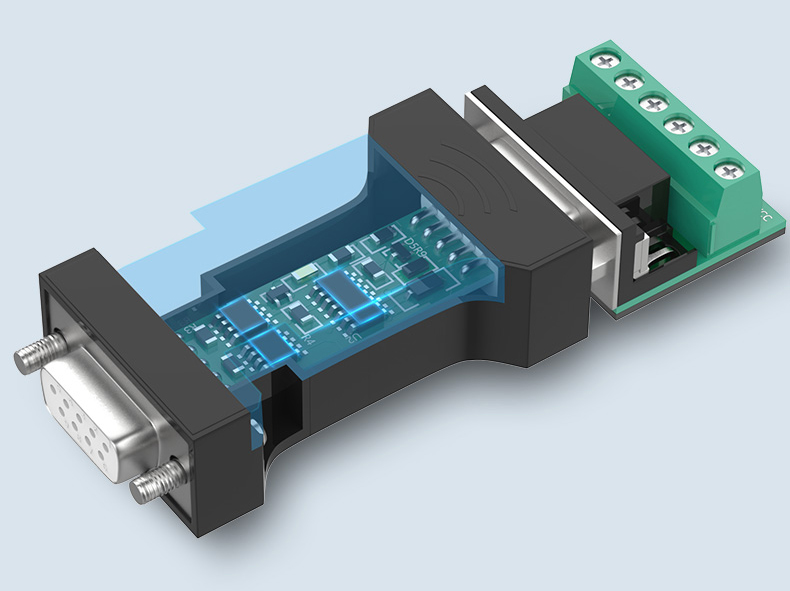
In full-duplex mode, the maximum speed of the network cable can reach more than 100M; in half-duplex mode, the speed that the network cable can reach is usually about 10M.
The network cable in full-duplex mode can work in either full-duplex mode or half-duplex mode; but the network cable in half-duplex mode cannot work in full-duplex mode.
In the half-duplex mode, the extra two sets of wires can be used to connect the telephone cable, for example: separate the "white blue, blue" cables for use as telephone cable.
In the LAN network cable, the cable cost can be saved in this way, and a twisted pair can be used as a network cable and a telephone cable at the same time.

© Copyright: 2024 Guangzhou Dtech Electronics Technology Co.,Ltd. All Rights Reserved.
